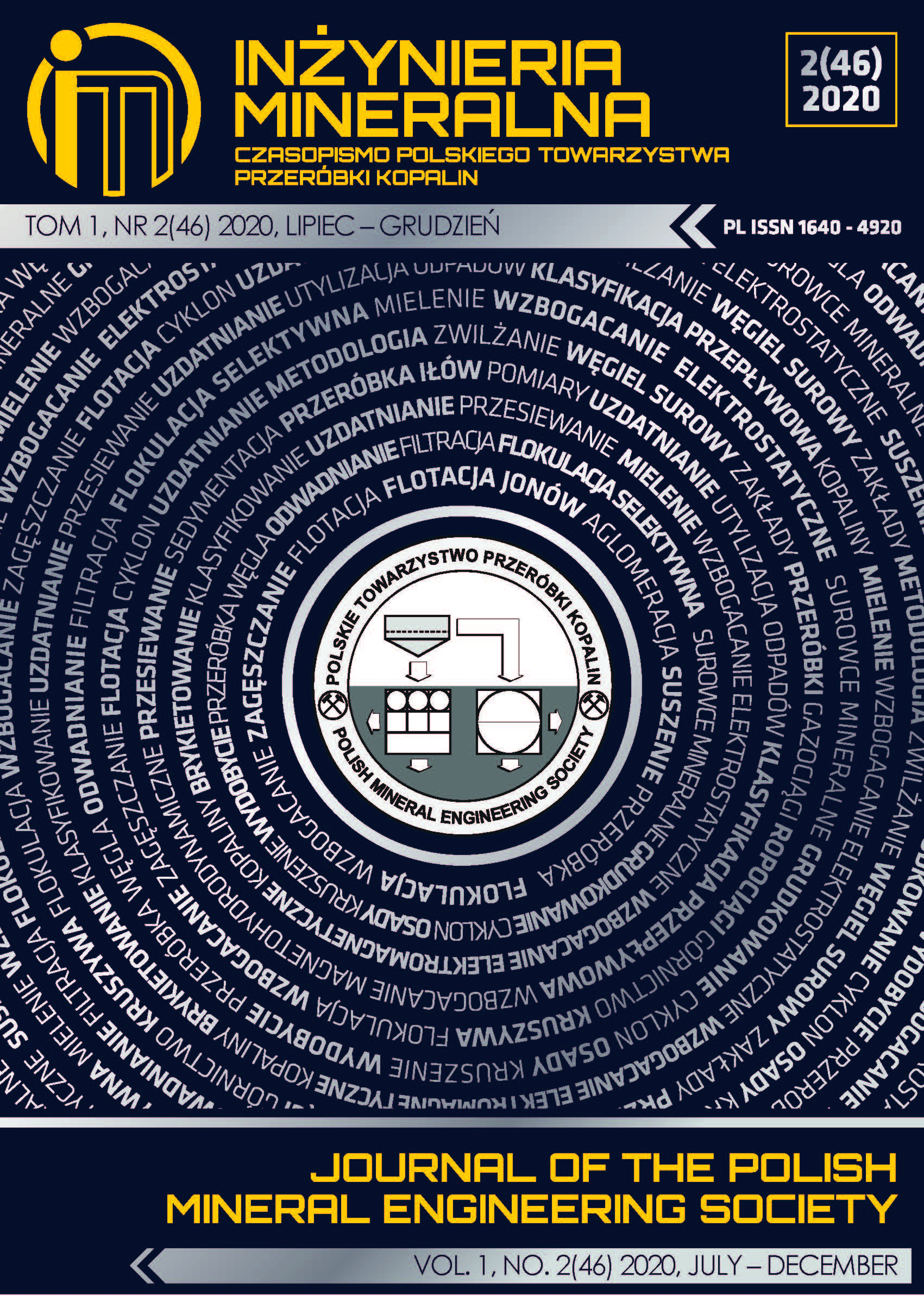Experimental Investigation on the Performance of DJI Phantom 4 RTK in the PPK Mode for 3D Mapping Open-Pit Mines
Abstract
Open-pit coal mines’ terrain is often complex and quickly and frequently changes. Therefore, topographic surveys of open-pit mines are undertaken on a daily basis. While these tasks are very time-consuming and costly with traditional methods such as total station and GNSS, the unmanned aerial vehicle (UAV) based method can be more efficient. This method is a combination of the “Structure from motion” (SfM) photogrammetry technique and UAV photogrammetry which has been widely used in topographic surveying. With an increasing popularity of RTK-enabled drones, it is becoming even more powerful method. While the important role of ground control points (GCP) in the accuracy of digital surface model (DSM) generated from images acquired by “traditional” UAVs (not RTK-enabled drones) has been proved in many previous studies, it is not clear in the case of RTK-enabled drones, especially for complex terrain in open-pit coal mines. In this study, we experimentally investigated the influence of GCP regarding its numbers and distribution on the accuracy of DSM generation from images acquired by RTK-enabled drones in open-pit coal mines. In addition, the Post Processing Kinematic (PPK) mode was executed over a test field with the same flight altitude. DSM generation was performed with several block control configurations: PPK only, PPK with one GCP, and PPK with two GCPs. Several positions of GCPs were also examined to test the optimal locations for placing GCPs to achieve accurate DSMs. The results show that the horizontal and vertical accuracy given by PPK only were 9.3 and 84.4 cm, respectively. However, when adding at least one GCP, the accuracy was significantly improved in both horizontal and vertical components, with RMSE for XY and Z ranging between 3.8 and 9.8 cm (with one GCP) and between 3.0 and 5.7 cm (with two GCPs), respectively. Also, the GCPs placed in the deep areas of the open-pit mine could ensure the cm-level accuracy.
This journal permits and encourages authors to post items submitted to the journal on personal websites or institutional repositories both prior to and after publication, while providing bibliographic details that credit, if applicable, its publication in this journal.







.png)
